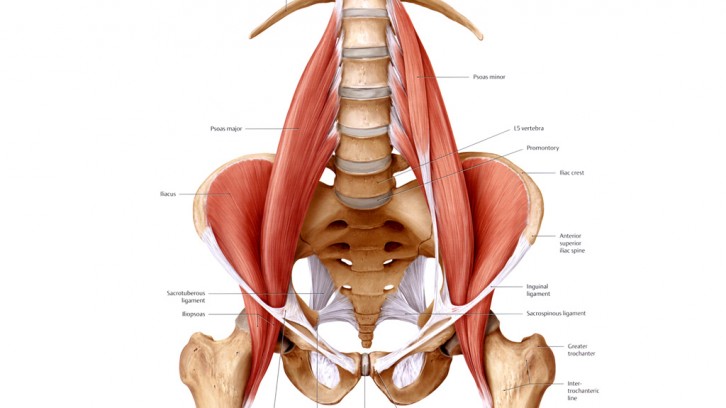How can my tight hip cause shoulder and elbow pain?
This is the question I hear many times when I tell my rotator cuff and tennis elbow they have Tennis Hip Syndrome. Ok, for this web site we will call it PADDLE Tennis Hip Syndrome. Over the years I have had the pleasure of working with many tennis professionals and passionate amateurs. During this time I have noticed a very common pattern yet to be named. For lack of a better term I have decided to call it Tennis Hip Syndrome.
As someone who looks at an athlete’s biomechanics, I became frustrated with patients returning with continuous reports of rotator cuff pain and the classic tennis elbow. They would leave my office feeling good and within a few short weeks, they would return. Upon examination of most of these athletes most had limited trunk mobility and more importantly they had difficulty pivoting on their hips. In technical terms it is called restricted internal and external hip rotation. These people can be great athletes, but they move best in what I call a linear motion. They can run, cycle, jump with ease, but ask them to twist like a corkscrew and they will have difficulty.
A tennis player needs to be able to go not only forward, but in every direction. If a player doesn’t have good hip motion, it will cause more stress on the low back, rotator cuff and eventually the elbow. This is caused by their bodies trying to fulfill the desired motion without the necessary hip and pelvic motion.
Think of what hurts a tennis player. Their low back, front of the shoulder and elbow. It plagues them in all aspects of their game. The shoulder will ache during serves and overheads, the elbow will be painful during backhands, at the net. The player needs to turn, but the body won’t do it, the hips don’t spin, the ribs are tight and they will improperly use their shoulders, elbows and wrists.
How does this happen?
A study was actually done with Major League Baseball outfielders, looking at the connection between rotator cuff pain and restricted hip motion. The throw from the outfield is similar to a tennis overhead. If you are right handed, you push off the right leg for power, the right hip comes forward and rotates to the left. The player then lands of the left leg, pivots and comes to a stop. It is all that momentum and force on the left hip, the “non-dominate” one that acts as a brake. It gets stronger, more muscular and tighter. As this progresses the risk for injury becomes greater.
How do I know I have Tennis Hip?
There is a simple test. Sit on a high bench, chair or counter top where your legs can swing side to side freely and then allow them to do just that. As your feet dangle to the floor, consider the position of your shins as if they were on a clock face, where the middle of your foot is at 6, now, without leaning one way or the other try bringing each foot around the face of the clock, up towards 8 and up towards 4. Most of us will not be able to reach those numbers and will maybe get to 5:30 and 6:30. If you fall into these clock ranges, you are at risk of developing a tennis related shoulder problem because of decreased hip mobility
How to Treat and Correct it
Treatment options are simple. But like any other physical regimen, you must be motivated and diligent. Self care includes many different motions to release and stretch the hip and groin regions. Stretches should be performed on the gluteal regions, upper inner thigh, hamstrings and lower leg. Besides stretching players need to aggressively massage the muscles using something like a foam roller or other tools, and instruments that actually break down the large, overdeveloped stiff tissues.
Clinicians (Chiropractors, Orthopedists, Physical Therapists) can provide treatment that can sometimes provide the jump start for this program. These clinicians will perform a release of the tissues with either their hands, elbow massages or instrument assisted myofascial release . Due the substantially muscular nature of this region of the body, most participants will require more than one treatment. Once the therapy is complete, it is up to the player to continue the stretching and rehabilitative protocols established by their physician or therapist. As with any ongoing athletic endeavor, being professionally treated on a timely basis can help keep this injury from frequently reoccurring.




